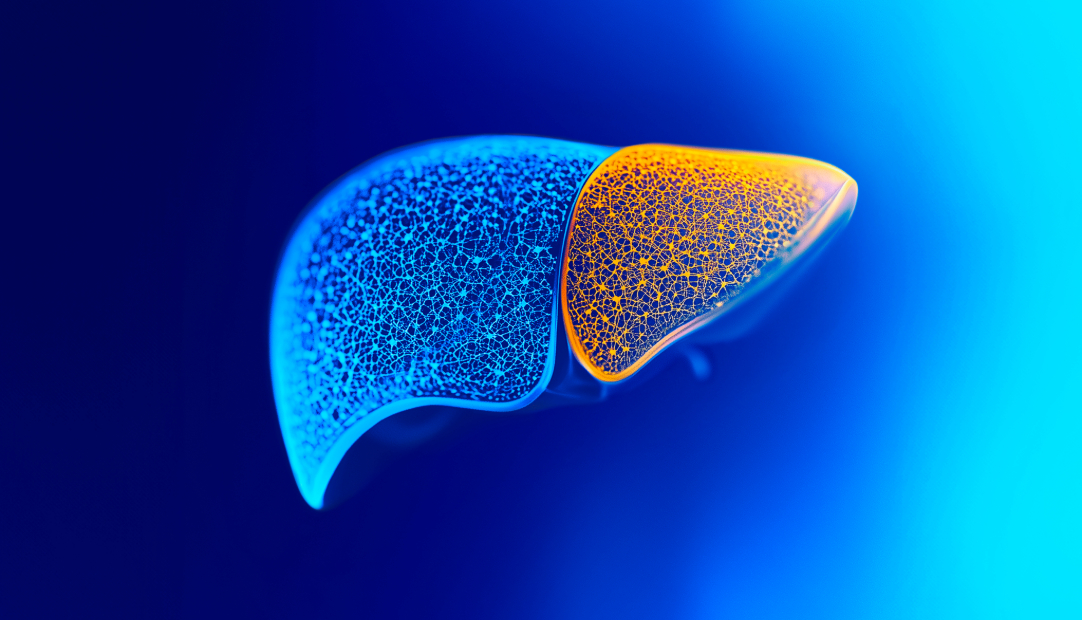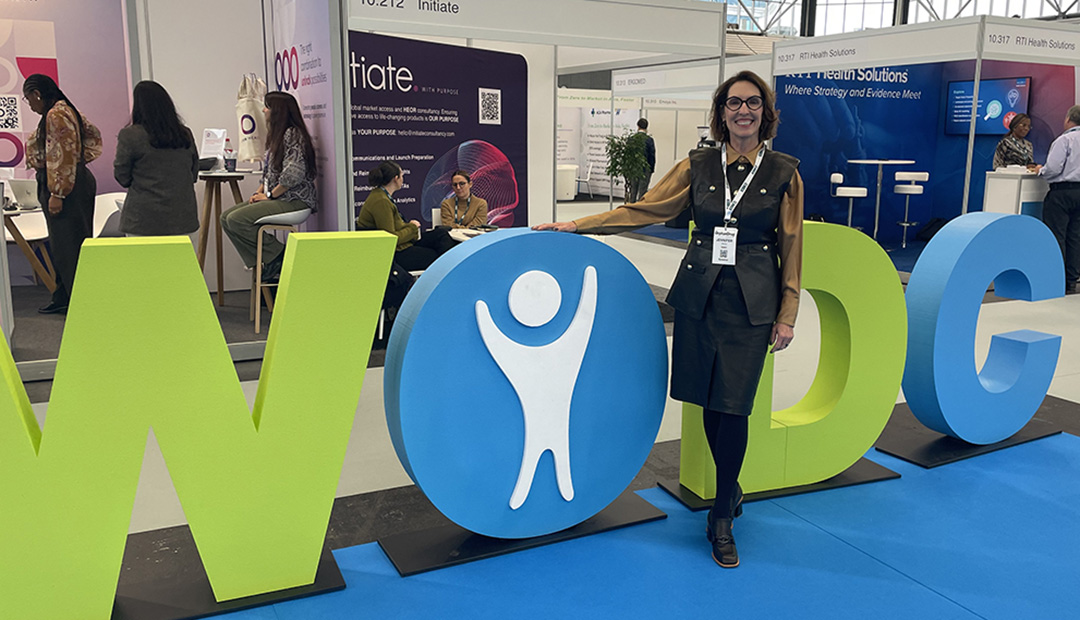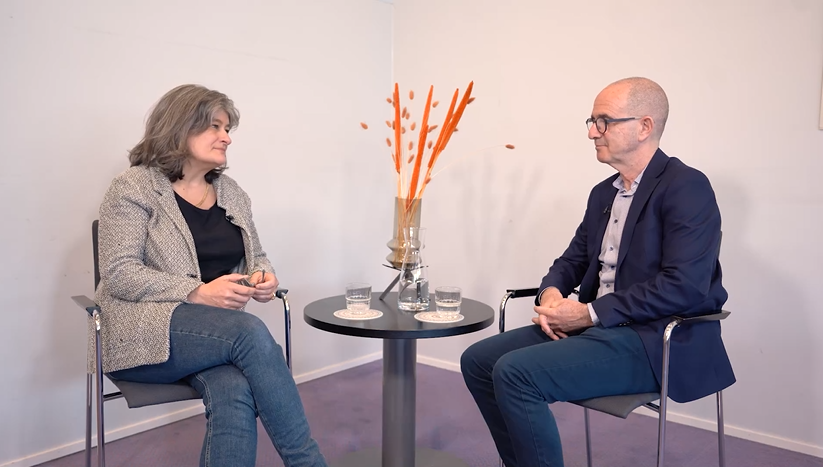Living with Rare Liver Diseases: Unique challenges, Shared Experiences
Professor David Jones and Professor Valerie McLin were compensated by Ipsen for their time.
Rare cholestatic liver diseases are conditions that can impact both children and adults. Three such conditions—Primary Biliary Cholangitis (PBC), Progressive Familial Intrahepatic Cholestasis (PFIC), and Alagille Syndrome (ALGS)—share commonalities yet are unique in their causes, manifestations, and challenges for patients and their families.1, 2 Understanding these diseases is crucial for better diagnosis, treatment, and overall care.3
PBC is a rare, autoimmune, cholestatic liver disease with increasing prevalence worldwide. In people with PBC, the body attacks and gradually destroys the liver’s small bile ducts.3 If left untreated, bile and toxins may build-up (cholestasis), leading to scarring of the liver (cirrhosis) and eventual liver failure.4,5,6
Accumulation of bile may cause liver damage, symptoms like fatigue and intense itching. PBC is often underdiagnosed due to its subtle symptoms, making early recognition and intervention essential for managing the disease.7
PFIC on the other hand, refers to a set of rare genetic conditions where the liver has difficulties releasing bile acid needed to digest fats and oils. The buildup of bile can cause great harm to the liver, potentially leading to liver failure.8 Although PFIC can present itself later in life, it generally manifests and is most aggressive in infants and young children.9, 10
ALGS is an inherited condition that can affect the liver, heart, brain, blood vessels and bones.11, 12, 13 Children with these conditions often require nutritional support and face frequent medical visits, impacting their schooling and social development.14
Despite their differences, these diseases share important commonalities. A key symptom across all of them is pruritus (itching), which can be overwhelming, especially in children. 15, 16, 17 For people living with these diseases, the itch is far more than a mild irritation; it can be all-consuming, disrupting daily life and causing significant distress. In addition, fatigue is also a symptom that causes great burden particularly for people living these conditions, with many experiencing debilitating tiredness that affects concentration and social interactions.
Ipsen is committed to raising awareness of rare cholestatic liver diseases and bringing treatment options to people living with these conditions and their families. Advances in medical research are leading to more treatments and more informed symptom management. 18 However, awareness of these conditions remains low among patient communities and healthcare professionals (HCPs) throughout the world. Increased discussions about symptoms are important to help people living with rare cholestatic liver diseases understand and manage their symptoms and achieve timely diagnosis.
As we look to the future, a collaborative, patient-centered approach is key to managing these complex diseases.
References
- Moira B. Hilscher, Patrick S. Kamath, John E. Eaton, Cholestatic Liver Diseases: A Primer for Generalists and Subspecialists, Mayo Clinic Proceedings, Volume 95, Issue 10, 2020, Pages 2263-2279.
- Verkade, Henkjan J. et al. EASL Clinical Practice Guidelines on genetic cholestatic liver diseases, Journal of Hepatology, Volume 81, Issue 2, 303 – 325
- Nguyen KD, Sundaram V, Ayoub WS. Atypical causes of cholestasis. World J Gastroenterol. 2014 Jul 28;20(28):9418-26. doi: 10.3748/wjg.v20.i28.9418. PMID: 25071336; PMCID: PMC4110573.
- Younossi ZM, et al. 2019. Diagnosis and Management of Primary Biliary Cholangitis. Am J Gastroenterol. 114(1):48–63.
- European Association for the Study of the Liver. 2017. EASL Clinical Practice Guidelines: The diagnosis and management of patients with primary biliary cholangitis. J Hepatol. 67(1):145-172.
- Galoosian A, et al. 2020. Clinical updates in primary biliary cholangitis: trends, epidemiology, diagnostics, and new therapeutic approaches. J Clin Transl Hepatol. 8(1), pp. 49-60.
- Donato F, Pigozzi MG, Colarieti G, Festa M, Tabaglio E. Why are rare diseases underdiagnosed? A clinical management study on detection of primary biliary cholangitis in primary care. Ann Ig. 2024 Sep-Oct;36(5):614-618. doi: 10.7416/ai.2024.2629.
- Baker A, et al. 2019. Systematic review of progressive familial intrahepatic cholestasis. Clin Resh Hepatol Gastroenterol. 43(1):20-36.
- Nayagam NS, et al. 2022. Clinical phenotype of adult‐onset liver disease in patients with variants in ABCB4, ABCB11, and ATP8B1. Hepatol Commun. 6(10):2654-2664.
- Srivastava A. Progressive familial intrahepatic cholestasis. J Clin Exp Hepatol. 2014 Mar;4(1):25-36. doi: 10.1016/j.jceh.2013.10.005.
- National Organization for Rare Disorders. Rare Disease Database: Alagille Syndrome. Available at: https://rarediseases.org/rarediseases/alagille-syndrome. Accessed April 2024. 2
- Tessitore M, Sorrentino E, Schiano Di Cola G, Colucci A, Vajro P, Mandato C. Malnutrition in Pediatric Chronic Cholestatic Disease: An Up-to-Date Overview. Nutrients. 2021 Aug 13;13(8):2785. doi: 10.3390/nu13082785.
- D’Amico A, Perillo T, Cuocolo R, Ugga L, Di Dato F, Caranci F, Iorio R. Neuroradiological findings in Alagille syndrome. Br J Radiol. 2022 Jan 1;95(1129):20201241. doi: 10.1259/bjr.20201241.
- Gilmour SM, Sorensen LG, Anand R, Yin W, Alonso EM; SPLIT Research Consortium. School outcomes in children registered in the studies for pediatric liver transplant (SPLIT) consortium. Liver Transpl. 2010 Sep;16(9):1041-8. doi: 10.1002/lt.22120.
- Gunaydin M, Bozkurter Cil AT. Progressive familial intrahepatic cholestasis: diagnosis, management, and treatment. Hepat Med. 2018 Sep 10;10:95-104. doi: 10.2147/HMER.S137209.
- Lurz, E., Laborde, N., Smith, R., Bork, C., Dorey, L., Howard, R., … Rosenthal, P. (2024). Caring for patients with Alagille syndrome: a multinational survey investigating the mental health and financial burden on caregivers. Future Rare Diseases, 4(1). https://doi.org/10.1080/23995270.2024.2394010
- Mighiu C, O’Hara S, Ferri Grazzi E, Murray KF, Schattenberg JM, Ventura E, Karakaidos M, Taylor A, Brrang H, Dhawan A, Willemse J, Finnegan A. Impact of progressive familial intrahepatic cholestasis on caregivers: caregiver-reported outcomes from the multinational PICTURE study. Orphanet J Rare Dis. 2022 Feb 2;17(1):32. doi: 10.1186/s13023-022-02177-0.
- Mysore KR, Cheng K, Suri LA, Fawaz R, Mavis AM, Kogan-Liberman D, Mohammad S, Taylor SA. Recent advances in the management of pediatric cholestatic liver diseases. J Pediatr Gastroenterol Nutr. 2025 Apr;80(4):549-558. doi: 10.1002/jpn3.12462.













